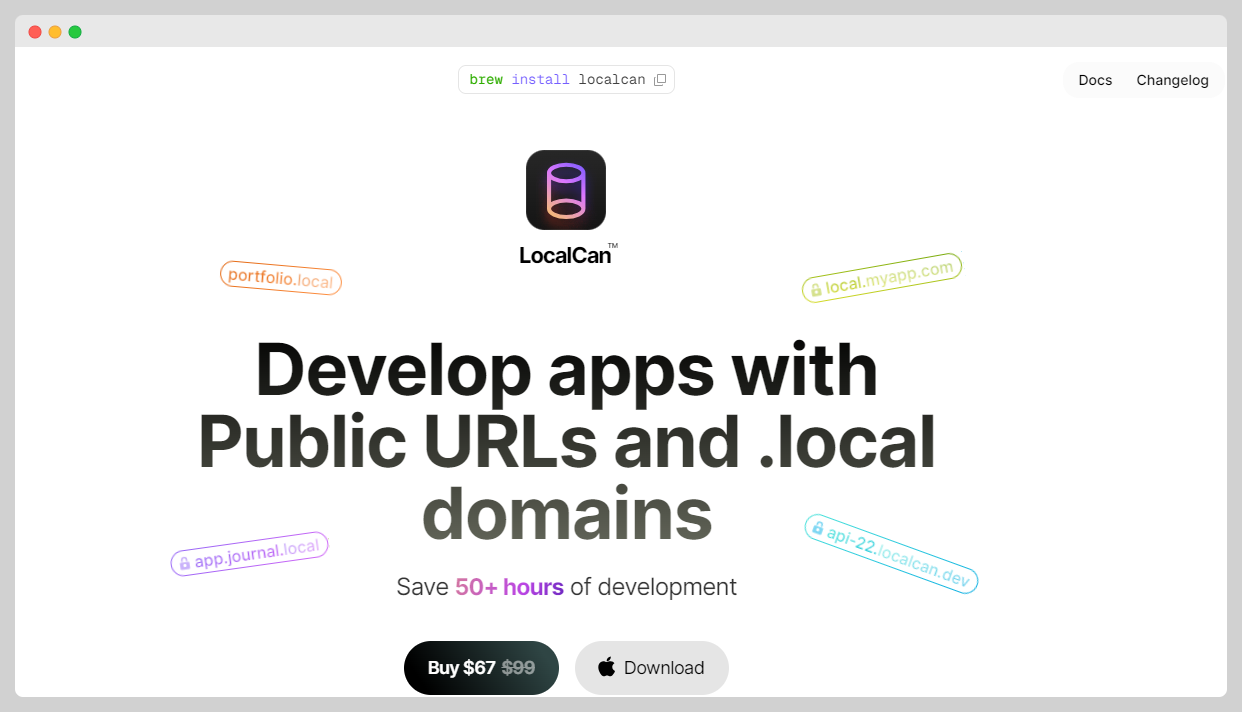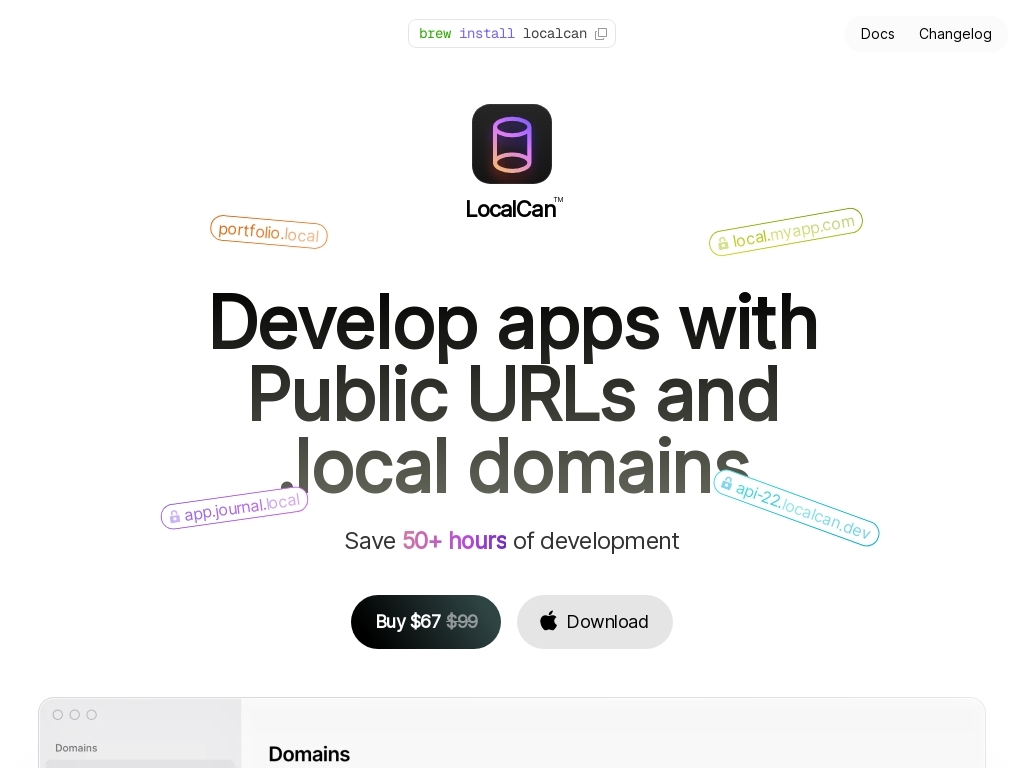How Jarek Ceborski Built LocalCan to $6K Revenue After Quitting Job
Who is Jarek Ceborski?
Jarek Ceborski, the founder of LocalCan, is a former product designer with a passion for developing software tools, hailing from a background in building various products and a self-driven transition to solopreneurship.
What problem does LocalCan solve?
LocalCan takes the hassle out of setting up a local development environment, allowing developers to easily access and test applications across their local network without complex configurations.


Founder-Market Fit
Skills
What skills did Jarek Ceborski have that led to their success?
Disclaimer: The initial draft of this article was compiled by the Starter Story team based on publicly available interviews, podcasts, and other content from the founder. See the sources we used here.

Download the report and join our email newsletter packed with business ideas and money-making opportunities, backed by real-life case studies.

Download the report and join our email newsletter packed with business ideas and money-making opportunities, backed by real-life case studies.

Download the report and join our email newsletter packed with business ideas and money-making opportunities, backed by real-life case studies.

Download the report and join our email newsletter packed with business ideas and money-making opportunities, backed by real-life case studies.

Download the report and join our email newsletter packed with business ideas and money-making opportunities, backed by real-life case studies.

Download the report and join our email newsletter packed with business ideas and money-making opportunities, backed by real-life case studies.

Download the report and join our email newsletter packed with business ideas and money-making opportunities, backed by real-life case studies.

Download the report and join our email newsletter packed with business ideas and money-making opportunities, backed by real-life case studies.












